Speaking of Water: Sera Young on Identifying Who Is Water Insecure
An Interview with Sera Young, a professor of anthropology and global health at Northwestern University.
Transcripts:
Brett Walton:
We’re at the American Association for the Advancement of Science meeting in Seattle. And Sera you were talking about the tool that you’ve helped developed called HWISE looking at water insecurity by households. Can you take us through some of what HWISE is and why you felt important to develop?
Sera Young:
Yes, HWISE stands for household water insecurity experiences and it’s the HWISE Scale and there are lots of ways of measuring water that exist in the world. We’re very good at measuring water availability. We can do great water testing in laboratories. But I’ve found, and I’ll tell you that story in a second, that we’re missing sort of at the household and individual level, a way to quantify experiences of access and use. Now I’m not trained in water, I’m trained in nutrition and anthropology, but I was in the field in Western Kenya and doing a large study of the consequences of food insecurity for maternal and child health. And we wanted to quantify how food insecurity, which is not abject hunger in the same way that water insecurity isn’t drought. But this is concern about enough diverse, reliable supply of food. Turns out it’s bad during pregnancy and early infancy and childhood for a number of reasons.
Sera Young:
And so with my nutrition hat on, I was quantifying food insecurity and we can do that really nicely with nine items, nine questions. You can tell me how frequently experience A, B and C happen to you and then I can get your score. So it was measuring food insecurity. I wanted to make sure with my anthropologist hat on, I was asking the right questions. And so I gave women cameras to take pictures of things that shaped how they fed their infants. And we got pictures back of food insecurity type of pictures, failed crops and sick chickens, but also got this range of water pictures back. And I did not see those coming.
Sera Young:
Water shapes how kids are fed in all kinds of ways. And I’m happy to talk about those. But what I wanted to do is to try to quantify them. We had this beautiful study design for quantifying household food insecurity. I ran to the literature to find the sister scale for the food insecurity metric. And I found scales to measure household water insecurity, but they are perfect for Ethiopia or they were perfect for Bolivia or they were wonderful for the Texas Mexico border, but they weren’t appropriate for Kenya and nothing that had been developed was globally valid.
Brett Walton:
And when we say insecurity for water, what examples of insecurity are there?
Sera Young:
Yeah, so water can go wrong in a lot of ways. You can have too much of it, which isn’t good. You could have too little of it, which isn’t good. And you can have water that’s unacceptable. And that can be unacceptable because of the quality. But also because of the providence. But also because of like what we call organoleptic properties, like how it smells or how it tastes.
Brett Walton:
And so how is insecurity here different from water scarcity? Because we hear a lot of measurements of water scarcity at country level under urban basin level. But you’re looking at insecurity at the household level.
Sera Young:
That’s right. So a person can be water secure even in the face of scarcity. Even when, I mean I’m not an expert in hydrological measurements, but those are generally at the level of the nation or the state or the basin. And so you can be an outlier either way. You can be water insecure when there’s plenty of water. And that happens in Chicago for example, the price of water has really gone up and people have water cutoff so they can maybe see the lake from where they live, but they don’t have water running to their household. On the other side, water can be short, but yourself and your family can have reserves such that you aren’t feeling the pinch when it comes time to choose what you’re eating, to wash your hands or not, or to go to sleep thirsty.
Brett Walton:
So you have insecurity really intersecting with household economics and local kind of resiliency. If you have the ability to invest in storage or can access water from multiple points and you might be less insecure than…
Sera Young:
That’s right. And there are lots of drivers of insecurity that include your physical ability to carry water. So I told you I was studying food insecurity in what we call the first thousand days, so that’s pregnancy and the two years postpartum, and women were who are, generally in Western Kenya, the water fetchers, not able to get the water because they either were so, so very pregnant or had just delivered.
Brett Walton:
So how does the scale work? You said you’ve done it in 20 some countries and it’s a survey that goes out to households.
Sera Young:
That’s right. So generally it’s been administered by an enumerator. So I come to your house and I ask you 12 questions. Those questions take between two and three minutes in total to answer. And the questions ask about your experiences in the last four weeks. And so for an example, one of the items is how often in the last four weeks did you worry about water for your household? And that’s the least extreme item. And on the more extreme end is how often did you not have water to wash your hands after doing dirty things in the last four weeks. Depending on your answer, you can be scored either a zero for never, one rarely, to up to three. So 12 times three is 36 the range of the scale is zero to 36.
Brett Walton:
From the data, can you get a kind of spatial patterns within a city or a country of peaks and valleys of insecurity?
Sera Young:
Yes. So we can, and I have to say scale development is good and important, but it’s not nearly as interesting as implementation. So we’ve got the scale and it’s starting to be implemented. For example, in some places across time. So we have repeated measures in certain settings and then, but that’s at quite a local level, I’m very excited that we’ve partnered with UNESCO and Gallup World Polls and along with Northwestern to implement the HWISE scale across all of Africa as well as India. And so we’ll be able to have national data on household water insecurity. It will be benchmarked for the first time. Now if the stars align, we’ll be able to do that over time so that we can see how trends change with climate change, with infrastructure change, with economic changes and so on.
Brett Walton:
I’m just wondering about implementation and how these measurements would change even within the course of a year. So you’re saying you’re doing multiple assessments and repeated assessments, so you could see if say during the rainy season when water is available, then insecurity would go down and then go up with the dry seasons, you can target kind of interventions there.
Sera Young:
Well exactly right. And just to add, I have a bias towards water insecurity looking like drought, but in fact floods can really mess up crops too. And so there’s definitely a seasonal pattern to water insecurity.
Brett Walton:
And for insecurity, are you looking at drinking water insecurity or insecurity for any way a household might use water?
Sera Young:
Yeah, so we think of households as using water in three ways. One for consumption and that includes drinking. But then it also includes food preparation. And surprisingly, a lot of families have to choose the food that they prepare differently when water is available or not. So for example, beans are super nutritious and cheap, but they take a long time to cook compared to rice, which is more expensive but more quickly cooking. Some people when there isn’t any water at all are eating prepared foods like junk food. So households are using water for consumption. So drinking and food preparation, they’re using it for hygiene. So washing body, hands, kids. And then there’s economic productive activities. And that could be farming, it could be people who have a hair salon or a car wash, that they need water for their economic livelihood. And water also shapes school attendance.
Brett Walton:
So looking five years ahead, how do you see or well, what’s your hope for how HWISE is incorporated into a use?
Sera Young:
So there are three ways we can use HWISE data. We can use it to look at the prevalence and we can see a variation within a population. We can use HWISE data to understand all the things that water insecurity causes, like mental health problems, economic productivity is inhibited, disease transmission, those types of things. Then we can also use HWISE data to understand the effects or lack of effects of interventions. So what happens when a well is dug? What happens when the price of water and changes dramatically either goes up or goes down? What happens when a huge dam is built? So what I hope is that we use these HWISE data for all three of those purposes and that HWISE becomes kind of part of the lexicon for people who care about water security, water security, capital W, capital S. I mean there’s household water security is only one part of water security, but I would like to see this as an indicator that we hold ourselves accountable to for tracking progress towards a more water secure world.
Brett Walton:
We’ve been talking to Sera Young from Northwestern university about HWISE and its use. Thanks Sera.
Brett writes about agriculture, energy, infrastructure, and the politics and economics of water in the United States. He also writes the Federal Water Tap, Circle of Blue’s weekly digest of U.S. government water news. He is the winner of two Society of Environmental Journalists reporting awards, one of the top honors in American environmental journalism: first place for explanatory reporting for a series on septic system pollution in the United States(2016) and third place for beat reporting in a small market (2014). He received the Sierra Club’s Distinguished Service Award in 2018. Brett lives in Seattle, where he hikes the mountains and bakes pies. Contact Brett Walton

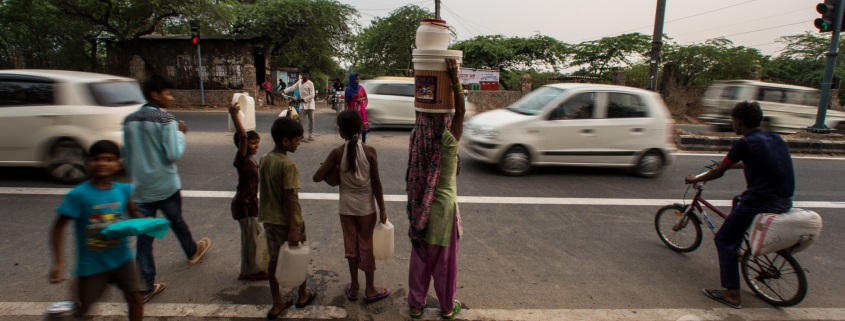
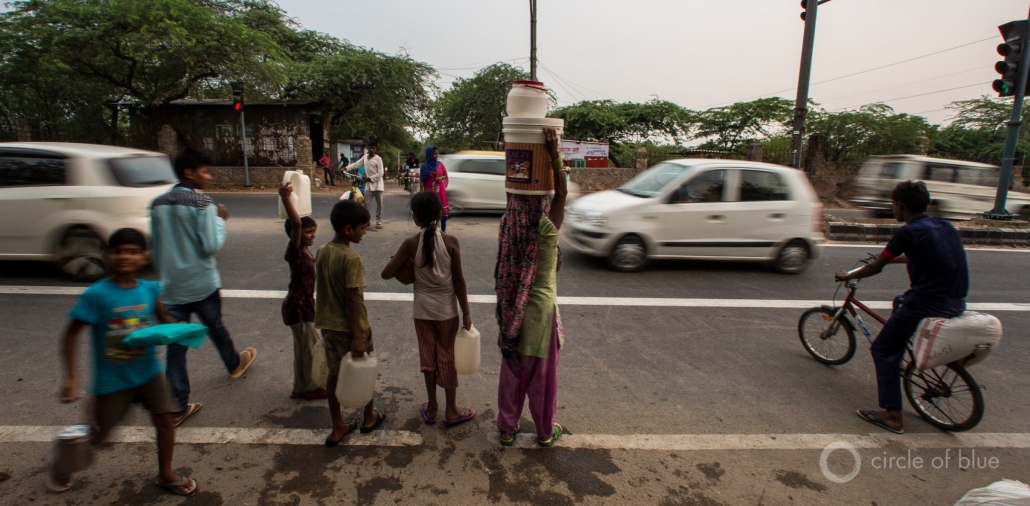

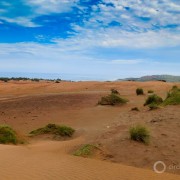

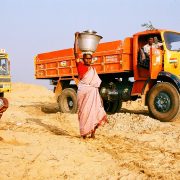
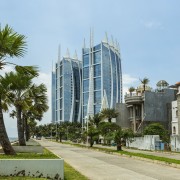

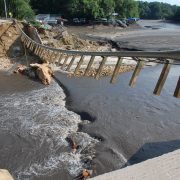


Leave a Reply
Want to join the discussion?Feel free to contribute!